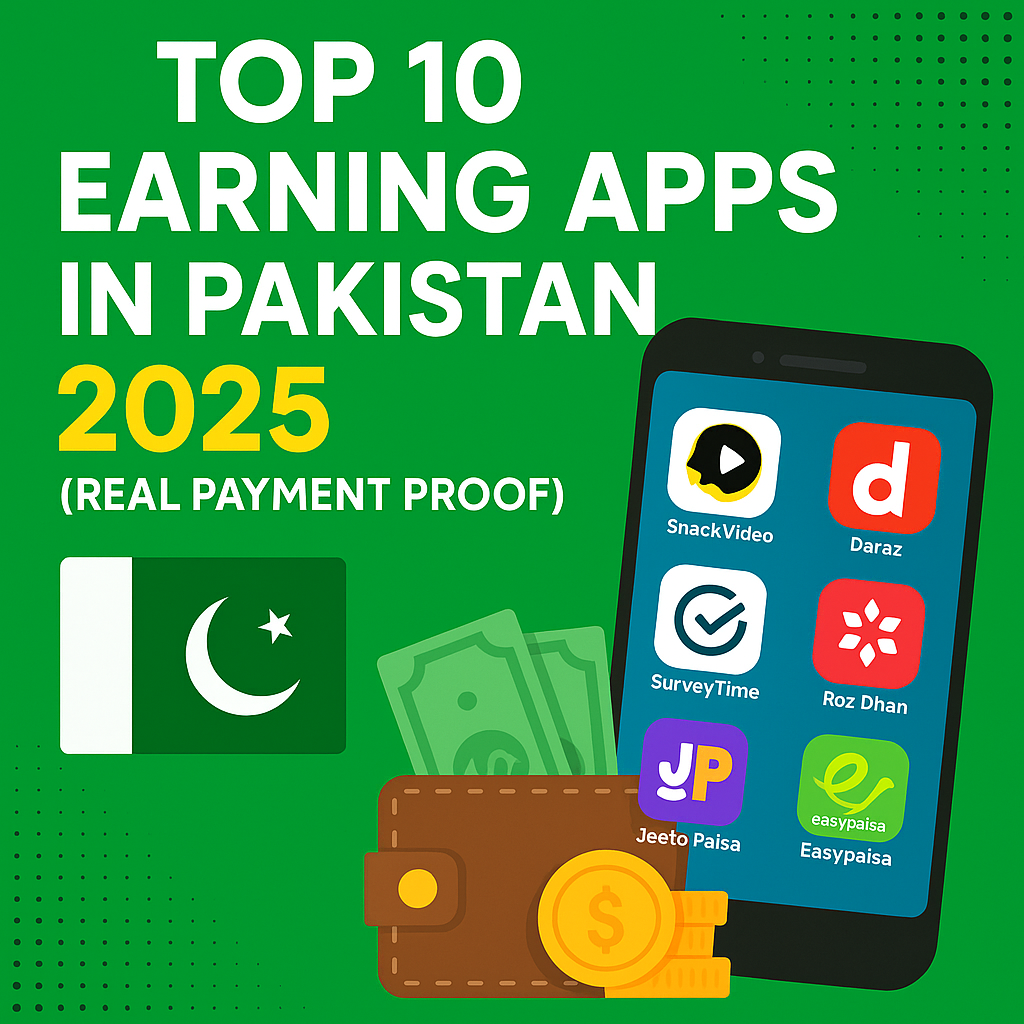With June approaching, Pakistanis are eagerly watching what the federal government will offer in the Pakistan Budget 2025–26. From salaried workers to business owners, everyone is affected. The country is facing rising inflation, IMF pressure, and political uncertainty. In such a situation, the upcoming Pakistan Budget 2025–26 is more than just numbers — it’s a matter of survival and trust.
🔹 The IMF Agreement and Government Policies
To keep the economy on track, the government signed a new loan agreement with the International Monetary Fund (IMF). As part of this deal, several conditions must be met:
- Cutting fuel and energy subsidies
- Expanding the tax base
- Limiting government expenses
- Selling off state-run businesses
These steps are aimed at reducing the fiscal deficit. However, this may also lead to stricter financial policies, making life harder for the average citizen.
🔹 What the Public Wants in This Budget
💼 Salary Increases and Pensions
Government employees are hoping for a 25% to 35% raise in their salaries. Many also expect increases in pensions, medical allowances, and other benefits. In addition, Grade 1 to 16 staff members could receive extra relief.
🛒 Relief From Rising Prices
People want the government to provide subsidies on essential items like wheat flour, sugar, cooking oil, and electricity. For example, many are asking for lower petrol prices and better rates at utility stores.
Moreover, there’s strong demand for programs that support the poor and unemployed. These include direct cash aid and affordable housing schemes.
🔹 Tax Changes: More Focus on Filers
To raise more revenue, the government is planning new tax policies. Here are some likely changes:
- Higher taxes for non-filers
- Inclusion of freelancers and online sellers in the tax system
- Additional taxes on imported luxury goods and expensive real estate
- Continued taxes on cigarettes, soda drinks, and smartphones
As a result, the pressure will shift to those not already in the tax net.
🔹 Development Projects (PSDP)
🏗️ Slower but Steady Progress
Due to limited funds, the Public Sector Development Program (PSDP) may be scaled down. However, CPEC-related projects will remain a top priority. Additionally, development work in underdeveloped regions such as South Punjab, Balochistan, and Interior Sindh is expected to continue.
In contrast, projects like highways, railways, and water dams may face slower progress.
🔹 Budget for Education and Health
- The Higher Education Commission (HEC) may receive a 10% increase in funding.
- Public hospitals could get more funds for medicines and basic equipment.
- Tax exemptions on life-saving drugs, vaccines, and insulin are also expected.
These steps will help improve access to quality healthcare and education, especially for low-income groups.
🔹 Defense Spending and Debt Payments
- A slight rise in defense budget is expected to cover inflation and operational needs.
- The largest chunk, however, will go to debt servicing — both internal and foreign loans.
- This limits the space for development and welfare projects.
🔹 Estimated Budget Allocation for 2025–26
| Sector | Estimated Amount (PKR) |
|---|---|
| Total Federal Budget | 18.2 Trillion |
| FBR Tax Revenue Target | 11.5 Trillion |
| Defense Expenditure | 2.2 Trillion |
| Development Projects (PSDP) | 2.5 Trillion |
| Debt Repayments | 4.3 Trillion |
| Health and Education | 1.4 Trillion |
These are early estimates. Final figures will be shared in the official budget announcement.
You can also see the IMF official website
🔹 Political Angle: Budget or Election Strategy?
Next year’s elections are not far off. Therefore, many believe this budget will also serve as a political tool. Relief for the working class could help win public support. On the other hand, failure to deliver may weaken the government’s position.
Conclusion: Hope or Disappointment?
Pakistan’s Budget 2025–26 is more than a financial statement — it reflects the government’s priorities and the nation’s future. If designed wisely, it could offer hope, rebuild public trust, and set the economy on the right track. If not, it may lead to more frustration and instability.fidence further.
Related Post 1: Last Year’s Budget 2024–25 Summary
Related Post 2: How IMF Loans Affect Pakistan’s Economy














